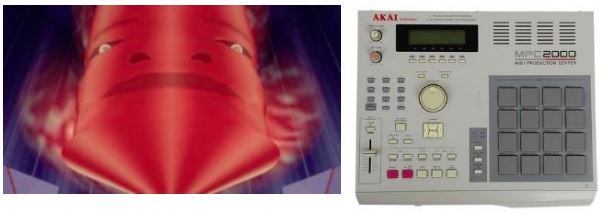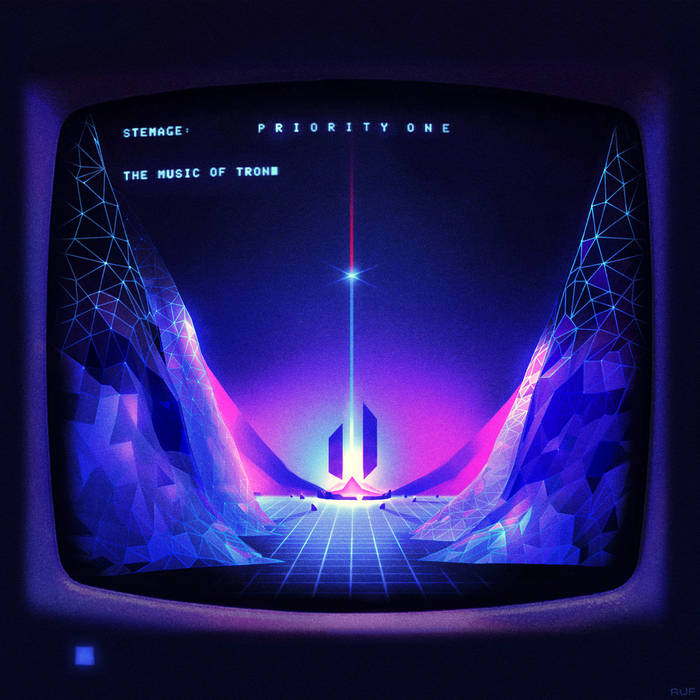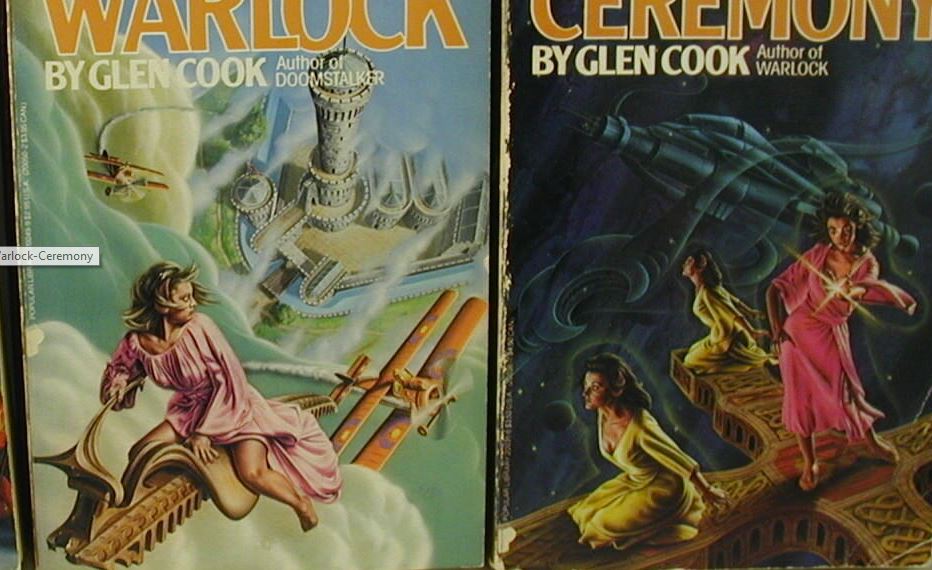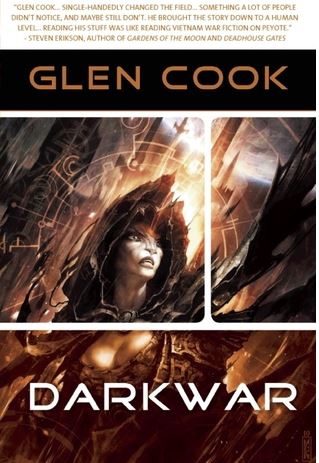No, this isn’t a follow-up about TRON Legacy or its soundtrack (which was decent, but not as fascinatingly weird as 1982 TRON… the visuals were way better though). But rather, Bitwig Studio 3.

I’ve been using Maschine as my DAW ever since 2.0 was shiny and new. It began as a drum sampler/groovebox similar to Akai’s MPC, but it gained full MIDI sequencing and VST plugin support, and gradually expanded into something more full-fledged. It was an easy switch from FL Studio back in the day — cleaner and more structured, where FLS had 13 years of features bolted on and very little consistency to its UI. But its “beat making” nature is a really strange fit for the kind of music that I make now.

I’ve stuck with Maschine only because I was used to it, and learning a new DAW with a completely different paradigm takes some effort. I’ve given Ableton Live and Reaper demo versions very brief attempts, as well as a newer version of FL Studio, but each time I just felt more frustrated and returned to the path of least resistance.
But I’m between albums and have a new computer on the way (*), so this is a good time. Plugins are starting to be released in VST3 format only — which Maschine doesn’t support yet — and I’ve heard a lot of praise for Bitwig’s modernity and modular orientation.
So I’ve been looking into it. I have to say the experience of learning it could have been made a lot smoother with a single official, officially endorsed, or built-in tutorial — rather than the bewildering array of unorganized, free and paid tutorial series that both the official site and a web search throw at you. It’s a bit intimidating. But I’ve found a couple of recommendations, and after a few hours I feel like I can record with it, start to finish, without getting too lost.
For what it’s worth, Thomas Foster’s “Bitwig Studio 3 Tutorial for Beginners” and Brian Bollman’s “Migrating to Bitwig Studio” series have been helpful so far.
There are deeper things to learn, such as the aforementioned Grid (a modular effect/synth builder) and various shortcuts and customizations, as well as optional hardware controller integration.
There’s also the possibility that I could use Bitwig for post-processing and mastering, without the need for Sound Forge or something else. We’ll see.
(*) I was notified yesterday that the computer was in production. I don’t expect it takes more than a couple of days for experienced builders to assemble, install Windows and drivers, and do a burn-in test, even with a customized parts list.











